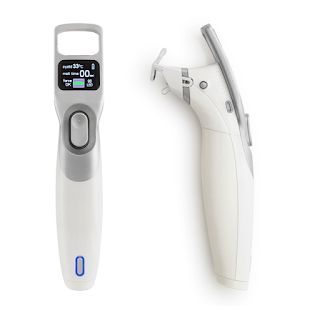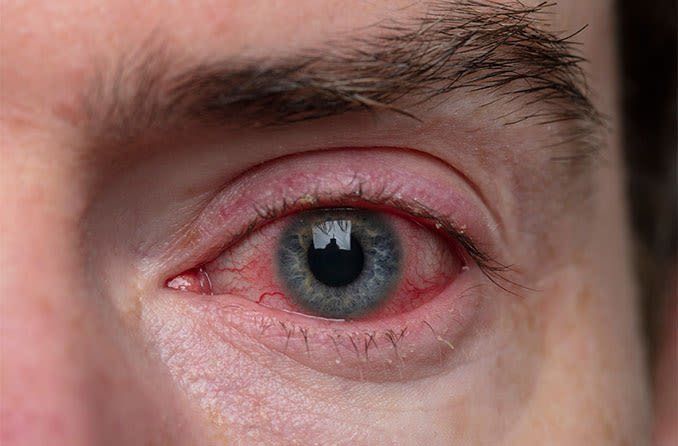Dry Eye Syndrome
What is Dry Eye Syndrome?
The majority of people will deal with dry, irritated eyes at some point, but when it lingers for more than a few days or occurs all the time, you might have dry eye syndrome. This incredibly common eye condition is caused by a lack of tears and genetically inherited or can be related to environmental factors. Usually, the uncomfortable symptoms are triggered by a variety of things, including medical conditions, certain medications, or environmental factors. Tears are fundamental to the overall health of the eyes so when they are not present, it can cause extreme discomfort of the eyes and even decreased eyesight. Dry eye syndrome is nearly always caused by an underlying condition, and once the reason is determined, our doctors can dramatically reduce the associated symptoms.
Our expert ophthalmologists provide many different solutions patients dealing with dry eye syndrome. To begin with, our doctors will conduct a thorough eye exam to properly diagnose your dry eye symptoms and determine the underlying cause. To find out more about getting help for dry eye syndrome, contact our office to schedule an appointment.
Get in touch
Dry Eye Syndrome Form
Dry Eye Syndrome Treatment?
Your individualized dry eye treatment is based on the underlying condition causing your dry eyes. Following a comprehensive exam and consultation, we can assess which treatment works best for your needs. A lot of people with mild cases of dry eye can find relief with a prescription or over-the-counter eye drops. These solutions can help increase your actual tears. If your dry eye syndrome is more complicated, we can insert tiny plugs in your tear ducts (called punctal occlusion) to close them off and keep the natural tears in the eye. Other options include hot compresses or for more involved cases we perform a procedure called ILUX. At Visionary Eye Surgeons we have an on staff dry eye specialist that can take care of all of your dry eye issues.

